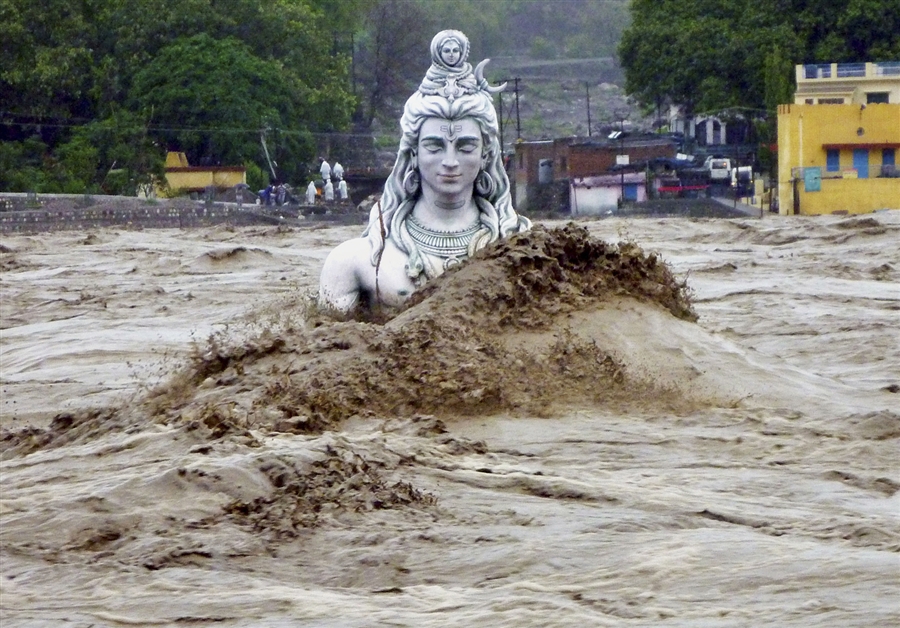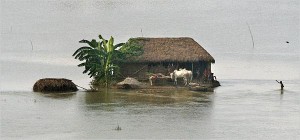How you say ‘1.5 inches’ can save a life. It can save packages of seeds and herds of cattle. The language used to deliver a forecast is important. The timing of when these forecasts are given is equally important for people that are affected by extreme weather. In places like Bangladesh and India, the communities usually only have two to three day’s warning, leaving them vulnerable and unable to prepare for floods or monsoons.
Peter Webster’s research uses multiple forecasts to give up to 10 days advance warning of a storm based on probability.
How this probability is explained, along with when it is given, has the potential to save lives during destructive weather. With the use of probability based forecasts, instead of reacting to weather trends, people can make proactive and informed decisions on when and how to evacuate.
South and East Asian countries like Bangladesh and India are vulnerable to floods, droughts, and other forms of extreme weather. Millions of residents are affected both directly and indirectly when fertile areas are flooded. These floods kill cattle, leave people homeless, and destroy agricultural supplies. Farmers buy their agricultural supplies (seeds, tools, etc.) with loans, and when those supplies (and crops) are destroyed in a flood or monsoon, the farmers and their families are subjected to generations of debt. On average, these super storms can cause 1 billion USD in damage. Using probabilistic forecasts can provide more time for planning and evacuation. The only time my family needed to prepare for a storm was during the recent hurricane Sandy. The advance warning allowed friends and neighbors to stock up on foods and move inland. Although I was out of town for the storm itself, the weather report used terms that could be easily understood which helped during preparation. The terms used by the local weather reporter to describe Hurricane Sandy could not be used to describe an upcoming storm in Ahmedabad, India.
Instead, the forecast needs to be presented in culturally relative terms.
For example, saying “enough rain to reach your doorstep” as opposed to “1.5 inches of rain” makes all of the difference.
Peter Webster learned that as an outsider, it is nearly impossible to come into a new place and introduce your ideas and plans without collaboration. He compared it to a social worker going into one’s home and telling the leader of the household how to better manage things. Since every culture has their own way of doing things, getting them to change is nearly impossible as an outsider.
Working with new cultures to better understand them and involve them into the solution is what community science is all about.
This includes building a sense of trust, taking time to understand the long term needs of the community, and making sure that the proposed solution can be properly applied without the researchers. This is about working with people, not for them.
In the end, I don’t believe that we are required to submit to weather patterns and natural disasters. There will be natural disasters and extreme weather, but with preparation there can be less loss involved with these occurrences. In places like Bangladesh and India, having more time to prepare for the storms is the difference between life and death, as well as millions of dollars in damages.



